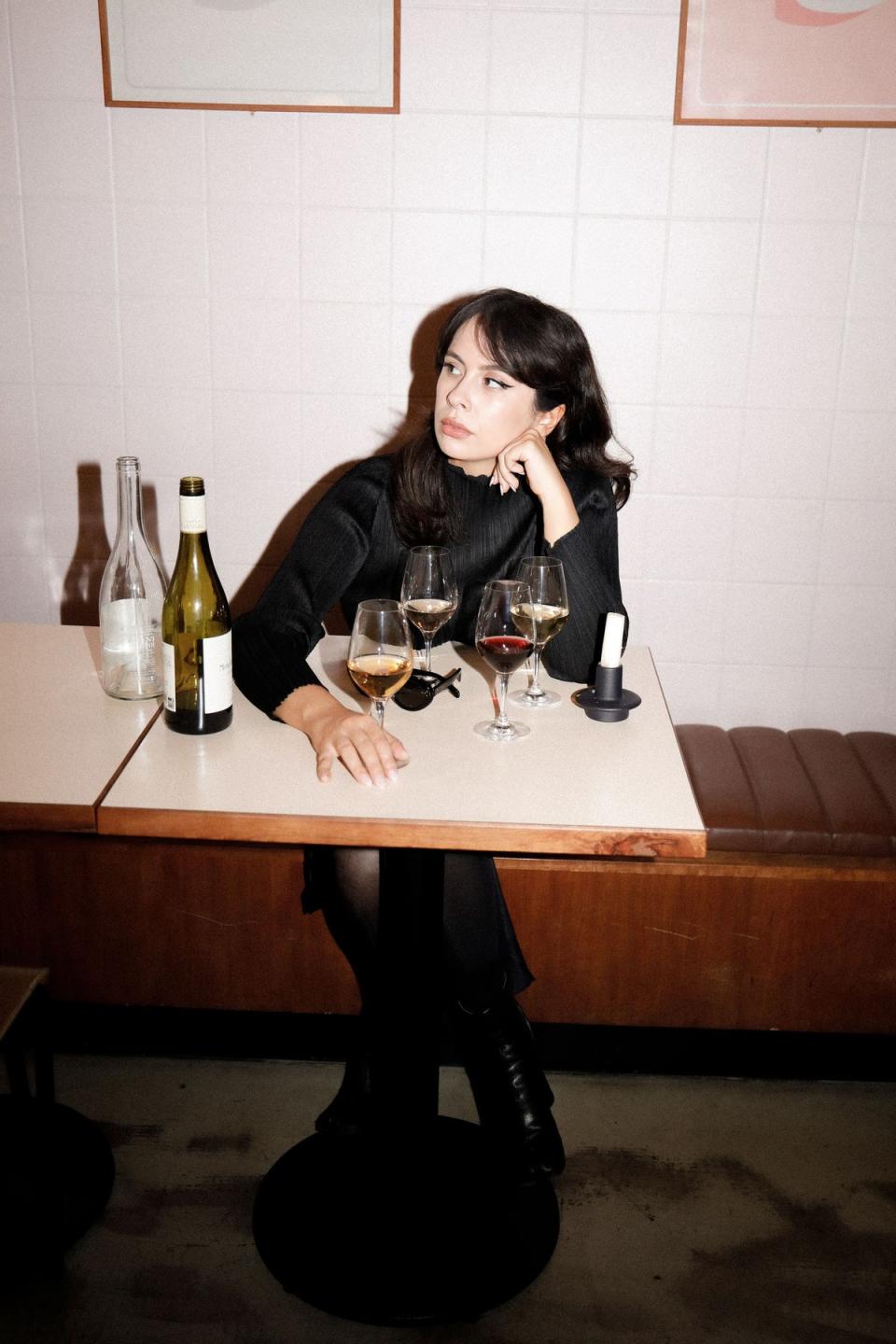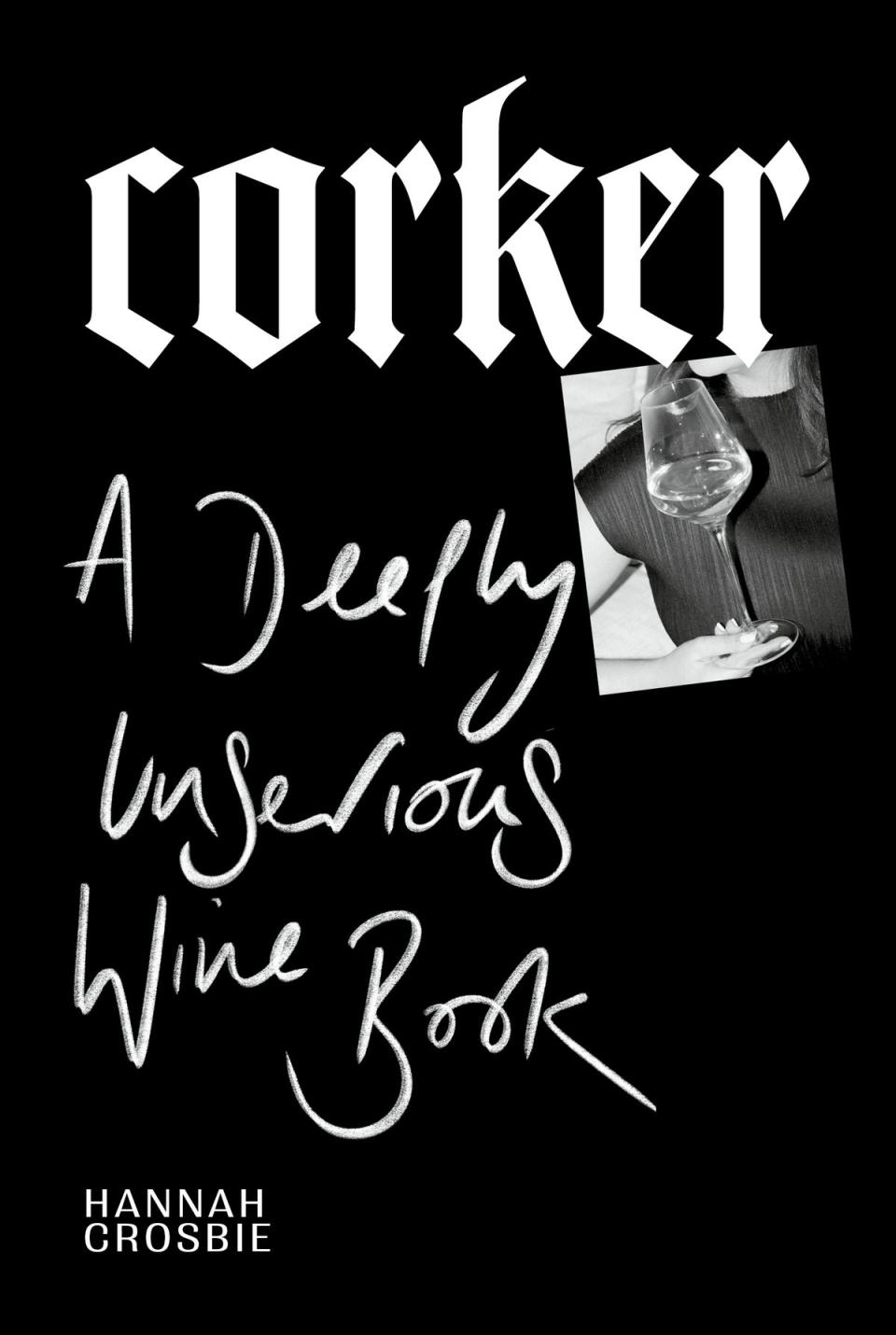Why it's time to forget everything you know about wine

Despite drinking buckets of the stuff, many of us still lack confidence when it comes to wine. We become a bit too dependent on what other people tell us to drink, and when alone at a restaurant, bar or bottle shop, choosing a bottle persists as a source of nail-biting anxiety. We’re drinking with the stabilisers on.
Can you imagine having the same dread when you order a pint of lager, or an espresso martini? Life would be impossible and every visit to a pub would be six hours long. The solution? It’s time to forget everything we know about wine. The rules we abide by — what we ought to drink and how we ought to drink it — have been established by centuries of tradition and decades of socialising, and while they’re sometimes helpful for navigating an otherwise overwhelming amount of information, following them too blindly can restrict our drinking experiences. So it’s time to rethink. At best, those old guidelines are workable, but at worst, they’re plain outdated. The world of wine is constantly evolving, and so should our understanding of it.
While I’m ever-happy to provide advice — and do, in my new book Corker — I encourage the people I meet at my events and wine clubs to think for themselves. What do you like to drink, and how do you like to drink it? What follows are some suggestions on how you might traverse the world of wine with a little more freedom. But don’t just take my word for it — it’s time to write your own rules. And when the time comes, be just as prepared to break them too.
The seasons can suck it
There’s a tendency to drink very seasonally — refreshing white wines and rosés in the summer, and full-bodied, warming reds in the winter. Sure, it makes sense, but why not savour a structured, gastronomic rosé during winter or an ever-ubiquitous chilled red in the height of summer? There’s also a possibility that someone reading this may be one of those logic-defying drinkers who enjoys a pub garden white during winter — and why shouldn’t you be? Time is a construct. The only thing certain in life is wine.
There’s no such thing as saying ‘the right thing’ (or the wrong thing)
Wine is a language that few of us learn to speak fluently. Even when you work in the industry, the occasional phrase can trigger your own imposter syndrome (most recently, that phrase was “tannins like ball bearings”). Stick to your guns and use the language that comes naturally to you. If you’ve never used the phrase “kaleidoscopic minerality” before, best not to do it for the first time in front of a thirsty table of six. Fruity? Salty? Smooth? Dry? Perhaps it tastes of a dessert you enjoyed as a kid. Wine is completely subjective, but a good sommelier will know what you’re trying to get at.

Pairings are pretentious
We’ve all been guilty of this catch-all: red wine for meat, white wine for fish, and if anything falls outside these two categories, say your goodbyes and climb out the bathroom window. And while these rules work, they’re often broken — even by the professionals. How about a light red with a meatier trout? Or a robust white with beef carpaccio? Or sparkling wine with literally everything? Or, a glass of whatever the f*** you want with a generous plate of whatever the f*** you like? Go out for a meal, and leave someone more qualified than yourself to pore over the intricacies of food and wine pairing. Or don’t.
It (probably) doesn’t matter if your fridge is on the blink
In this country, we can enjoy our white wines too cold and our red wines too warm. The colder a white wine is, the fewer aroma compounds are released, so it ends up tasting mostly of acid and alcohol. And while I’ll enjoy a simple chilled red at any time of the year (see above), some of the more complex, tannic wines also benefit from a cooler-than-you’d-expect cellar temperature. The pleasure then lies in unlocking all sides of a wine as it comes down, or up, to room temperature. Or, if adding ice cubes to wine is your thing, disregard all of the above. You do you.
The times (and vines) are a-changing
When a wine person sees the name of a region, country or even vineyard on a label, they’re able to make an assumption about what the wine tastes like. But, due to the effects of climate change, which pose endless nailbiting phenomena for winemakers, much of what we’ve come to expect from wine could be set to change. For example, due to rising temperatures, previously underestimated, cooler appellations in Burgundy (such as St Aubin or Santenay) are now producing wines comparable with far more expensive areas. Some regions are even experimenting with new grapes better suited to the hotter climate (see: touriga nacional in Bordeaux and monbadon in Cognac). Drink what you love; why waste time on anything else?

Hannah’s new rules for what to drink when
You’ve just had sex: Chablis
Drinks after sex are something to be savoured, something that’s chilling on ice as you bring up the average temperature of the room, like a big sexy iguana tank. Refreshing, lean and bone-dry, Chablis is my pick for some post-coital libation. Chablis is a region sandwiched between Champagne to the north and the southerly rest of Burgundy. There’s generally less oak use, which makes the mineral, chalky quality of the wine shine. I figured you’d also need something, ahem, palate-cleansing, and Chablis’ natural high acidity is fabulous for that. Here’s to you both.
You’ve just had a baby: Off-dry riesling
Giving birth seems a lot like when I used to go out raving. Ten to 20 hours of restless movement, then back to yours with achy joints and a person in tow you’ve never met. Understandably, you don’t feel a lot like drinking. But you’ve been through such a dry patch to get here, you feel as though you should. Each of your life’s achievements has been punctuated with a glass of something, if not a full-blown night out. It needs to be a still wine so that it keeps well in the fridge and you’re able to enjoy a single glass each day over a longer period of time. Try an off-dry riesling. It’s often low in alcohol (a personal supermarket favourite is only 8 per cent), and is delightfully sweet, with notes of lemon, peach and honey from the late-harvest grapes. Look for wines labelled spätlese and auslese.
Someone else is paying: Brunello di Montalcino
I often say something pretentious and saccharine about language being the biggest barrier facing people who want to get into wine. That’s just faux intellectualism. In this life, there is no bigger barrier than money. So, what do you buy when it’s no object? Milk the opportunity. I personally would opt for a Brunello di Montalcino. This is a wine from Tuscany, made from sangiovese, which is also the main component for chianti and many Super Tuscan blends. This is an incredibly lavish wine that must undergo five years’ ageing before it’s legally allowed to be released. The result: rich, indulgent notes of espresso, dried berries and liquorice. It’s pretty tannic though, so best to order this one with some food.
To a parent, a bottle of wine says everything about a potential person-in-law. Looks expensive? Good career prospects. Obviously bought last minute at a petrol station? At least they can drive.
You’re at the pub: Merlot or white Rioja
What puts me off the most in cheap pub wine is the sugar content. Red comes in at around 0.9g of sugar per serving, whereas white wine can be around 1.4g. So, for my pub order indoors, I often go for a red. And merlot was by far the most popular red I found in the places I visited. Plummy, ripe merlot, from the old and new worlds. The beer garden is an altogether different beast. It’s more sociable, busier, and scientifically 10 times more likely to result in a Deliveroo McDonald’s at 11am the next day.
There’s still a way to dodge overly sugary wines here — you just need a wine with a bracing acidity to cut through the noise. Each time I’ve had a white Rioja at a chain pub, it’s been pretty good. Lemon, herbs and round melon are balanced by a delicate minerality.
Meeting the parents: Cabernet sauvignon
From the perspective of a parent, a bottle of wine tells you all you need to know about a potential person-in-law. Looks expensive? Good career prospects. From an unfamiliar region? Knows their shit. Obviously bought last-minute at a petrol station? At least they can drive. It seems, in my own personal experience, that red wines are the safest option. They’re more readily shared over an evening meal and look more costly. Try a cabernet sauvignon. The older generation is going to be already familiar with it, it feels a bit fancy and can be found in pretty much any bottle shop or supermarket. It’s a bold, tannic variety that has a palate and a flavour profile that they probably already enjoy. So delicious, you’ll forget all about your unpaid dentist bill and the 10 points on your licence. Charming the in-laws has never been so effortless.
Extracted from Corker by Hannah Crosbie (Ebury Press, £16.99). It is available to purchase here.


